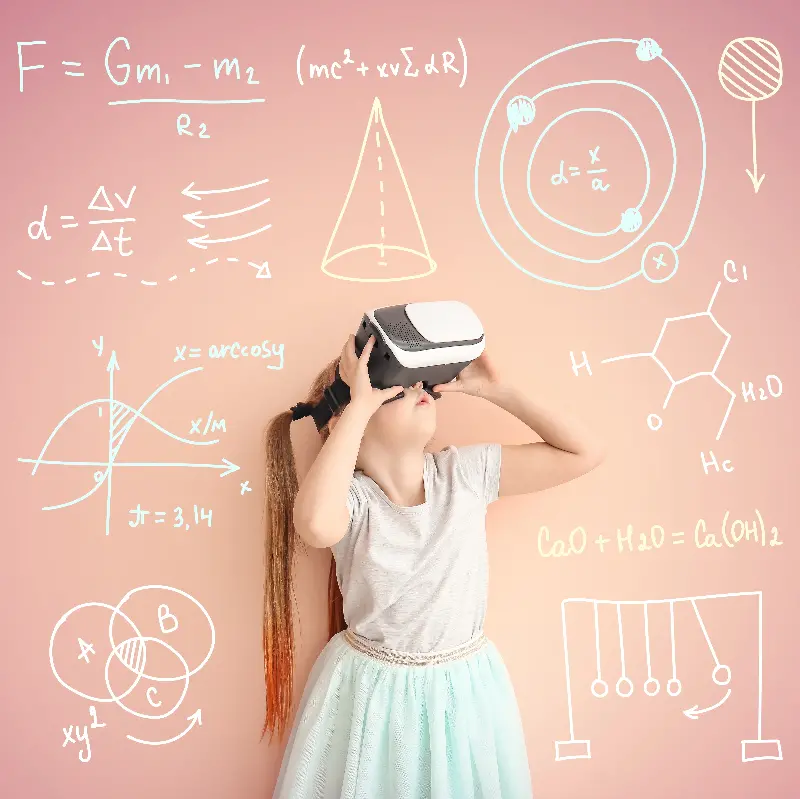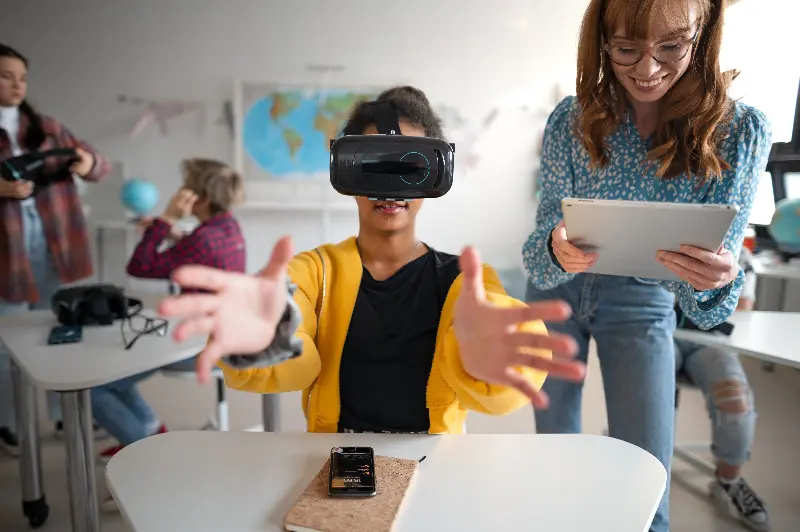
A growing hum of anticipation is filling the halls of education as Virtual Reality (VR) technology steps up to the blackboard. The classic imagery of desks, chalk, and textbooks is steadily being replaced with immersive headsets, interactive simulations, and digital whiteboards. Does this mean we’re witnessing the twilight of conventional classrooms, or are we on the cusp of their greatest reinvention?
The VR Classroom: A New World Awaits
Imagine studying ancient Rome by strolling along the cobblestones of the Forum, or learning biology by shrinking to the size of a blood cell and navigating the circulatory system. VR doesn’t just tell you about the world—it throws you right into it. Traditional learning methods often struggle to hold the attention of learners who live in a fast-paced, tech-driven world. VR promises not only to bridge this gap but to shatter the wall between theoretical knowledge and real-world experience.
Recent studies underscore VR’s impact:
- Up to 90% information retention rates, compared to just 30% through reading
- Increased engagement even among students who find conventional methods challenging
- Enhanced accessibility with opportunities for learners with physical disabilities
Notably, teachers are reporting that students emerge from VR sessions more curious and inspired—ready to dig deeper than before.

Challenges: Not Quite a Perfect Fit
Before we trade all our textbooks for goggles, there are hurdles to navigate. VR equipment, while more affordable than ever, is still an investment. Schools must consider:
- Upfront costs for hardware and software
- Training teachers to use and integrate VR effectively
- Ensuring equal access for all students
Moreover, some educators worry about the potential isolation or fatigue that can come from extended VR use. Can virtual environments truly foster the social skills and teamwork cultivated in a physical classroom? There’s an ongoing debate: Some experts claim VR can simulate collaboration through multiplayer learning spaces, while others stress the irreplaceable value of human connection.
Opportunities for Reinvention, Not Replacement
The future might belong to those who blend the best of both worlds. Hybrid models are emerging where VR complements rather than replaces classroom learning. Picture lessons enhanced by journeys to outer space or deep dives into the human mind—all guided by a real teacher’s wisdom and warmth. VR can provide:
- Safe spaces for experimentation, from chemistry labs to history re-enactments
- Personalised learning tailored to individual progress and pace
- Cross-cultural exchange, connecting students from around the globe in a virtual classroom
The teacher's role, far from obsolete, could be transformed—acting as a digital mentor, experience designer, and empathetic guide through uncharted virtual terrains.
